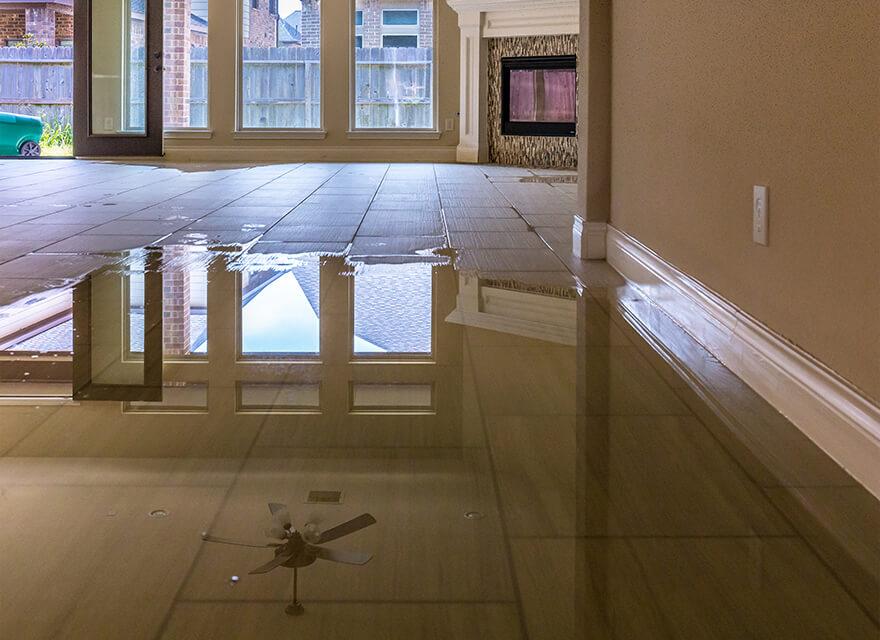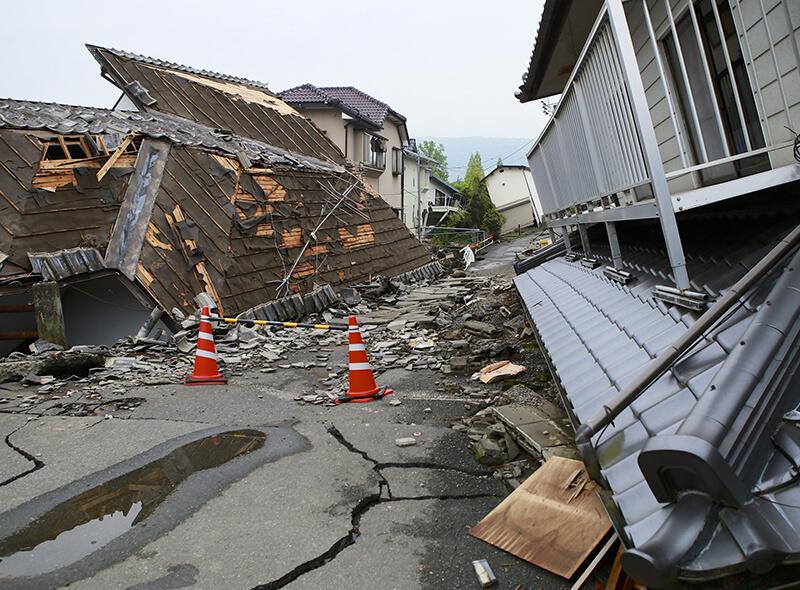Flood & Earthquake Coverage
for Your Business
Guard Your Property Against Unanticipated Risks
Many basic insurance policies do not cover earthquake and flood damage. However, Arizona homes and businesses can be at risk for both. Will your home and business sink or swim through a disaster? Effective insurance coverage can make the difference. Free yourself from dependence on federal aid through FEMA and be confident that you’ll be covered if your area is subject to a flood or earthquake.
Our professional insurance brokers work closely with you to determine the full scope of your existing coverage and identify gaps and insufficiencies. Leveraging long-term relationships with reliable carriers throughout the state and country, we obtain specific quotes and help you to evaluate your options. Contact us to learn more.

Get Coverage For…
- Offices and business locations
- Medical clinics and hospitals
- Personal residences
- Garages and other outbuildings
- Assets and personal belongings within your home or business
- Unoccupied properties
- Rental properties


